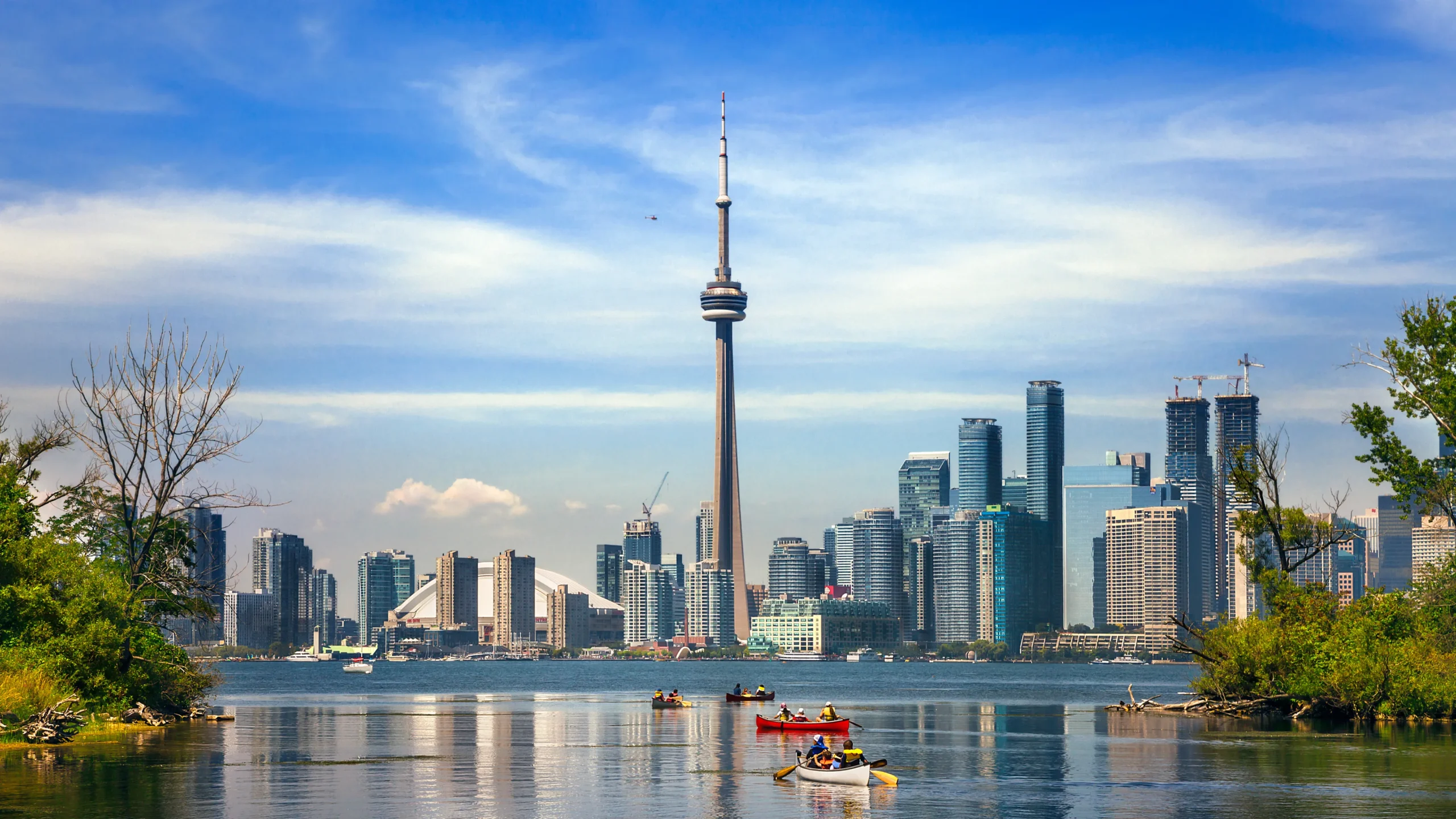Living comfortably and independently is important for everyone, especially for those with disabilities or mobility challenges. In Toronto, accessibility has become a priority as more homes and public spaces are being adapted to meet the needs of people with varying levels of mobility. In this guide, we’ll explore the key aspects of accessible living in Toronto and what you need to know about making your home or community space more inclusive.
Understanding accessibility in Toronto
Toronto is a diverse city with a growing emphasis on inclusion and accessibility. Whether it’s in homes, public buildings, or transportation, there’s a strong focus on creating environments that allow people with disabilities to move around freely and safely. Accessibility in Toronto is about making daily life easier for everyone, including seniors, people with disabilities, and those recovering from injuries.
Why accessibility renovations are important
For those living with mobility challenges, everyday tasks can become difficult without the right adjustments. This is where accessibility renovations come into play. These renovations are designed to create a space that accommodates all needs, providing greater independence and improving quality of life. Here are some of the reasons why these renovations are essential:
- Safety: Modifying a home to include features like grab bars, ramps, or wider doorways reduces the risk of accidents, making the environment safer for everyone.
- Independence: Accessibility renovations allow individuals to maintain their independence, making it easier to navigate their own home without relying on others.
- Comfort: Adapting your living space to your needs makes everyday activities more comfortable, from cooking in the kitchen to moving around in the bathroom.
Types of accessibility renovations
There are various ways to make a home or business more accessible. Here are some common accessibility renovations that can be implemented:
Bathroom modifications
The bathroom can be a challenging space for those with mobility issues. Installing a walk-in or roll-in shower, adding grab bars, and lowering the height of sinks and toilets can make the bathroom much more accessible.
Ramps and lifts
Adding ramps or installing a lift is a common modification for those using wheelchairs or walkers. Ramps allow for easy entry and exit from the home, while lifts provide access to multiple levels of the home when stairs are a barrier.
Widening doorways
Narrow doorways can make it difficult for wheelchairs and walkers to pass through. Widening doorways is a simple yet effective renovation that can improve movement throughout the home.
Lowering counters and cabinets
For individuals with limited mobility, reaching high counters or cabinets can be a struggle. By lowering counters and cabinets in kitchens and bathrooms, homeowners can ensure that all spaces are accessible and functional.
Toronto’s accessibility regulations
The city of Toronto has guidelines and building codes in place to ensure that all new construction and major renovations meet accessibility standards. Whether you’re looking to modify your home or a commercial property, it’s important to follow these regulations to ensure the safety and comfort of everyone who uses the space.
For homeowners, working with contractors who specialise in accessibility renovations is key. These professionals understand the specific requirements needed to make a space fully accessible, ensuring that all modifications comply with city regulations.
Finding accessible living solutions in Toronto
Toronto offers a range of services and programs designed to help individuals and families find accessibility solutions. From government grants to local contractors specialising in accessibility renovations, there are plenty of resources available to help you make the necessary adjustments to your home or business.
Government assistance
The Ontario government offers financial assistance programs for accessibility renovations. Homeowners can apply for grants or loans to help cover the cost of making their living spaces more accessible. These programs aim to ease the financial burden and encourage more homeowners to make necessary modifications.
Accessible housing options
For those unable to modify their current homes, Toronto has a number of accessible housing options. These homes are designed with accessibility in mind, ensuring that individuals with mobility issues can live comfortably. Many of these units include features such as wider doorways, step-free entry, and accessible bathrooms.
How to choose the right accessibility contractor
When planning accessibility renovations, it’s important to work with experienced contractors who understand the unique needs of individuals with disabilities. Look for contractors who specialize in accessibility Toronto projects, as they will have the expertise needed to ensure that your renovations are done to the highest standards. Here are some tips for choosing the right contractor:
- Experience: Choose a contractor with experience in accessibility renovations, as they will be familiar with the specific modifications needed for your home.
- Reputation: Look for reviews or ask for referrals from past clients to ensure the contractor has a track record of delivering quality work.
- Compliance with regulations: Make sure the contractor understands and complies with Toronto’s accessibility regulations, ensuring that your renovations meet local codes.
Conclusion
Living in an accessible home can greatly improve the quality of life for individuals with mobility challenges. Whether you’re looking to modify your current home or find an accessible living solution, understanding the ins and outs of accessibility renovations in Toronto is essential. With the right planning and expert contractors, you can create a safe, comfortable, and functional space that meets all your needs.











